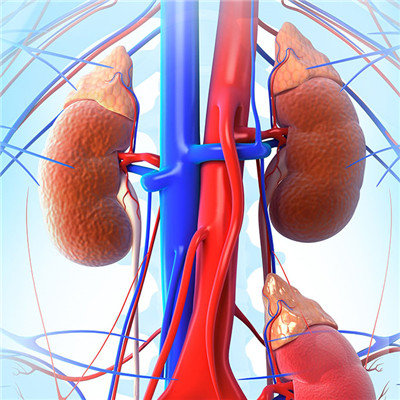What are the symptoms of trichlorfon poisoning?
summary
Trichlorfon is a kind of organophosphorus pesticide phosphate. The hydroxyl group in phosphoric acid molecule is replaced by organic group to form phosphorus carbon bond, which is called phosphoric acid, and the esterification of phosphoric acid is called phosphate ester. 0.01mg / (kg · d) per day is an organophosphorus pesticide, which is easy to decompose and lose toxicity in alkaline conditions, and is stable in acidic and neutral solutions. However, the toxicity of dichlorvos, the product of trichlorfon decomposition in alkaline conditions, increases 10 times. Its toxicity is mainly acute poisoning, but less chronic poisoning. What are the symptoms of trichlorfon poisoning? Let's talk about it.
What are the symptoms of trichlorfon poisoning?
Inhibition of cholinesterase, resulting in neurophysiological dysfunction. Muscarinic and nicotinic symptoms appeared. Acute poisoning: short term exposure to a large number of lead to acute poisoning. The symptoms included headache, dizziness, anorexia, nausea, vomiting, abdominal pain, diarrhea, salivation, pupil narrowing, increased respiratory secretions, hyperhidrosis, muscle tremor, etc. In severe cases, pulmonary edema, cerebral edema, coma and respiratory center paralysis occurred. Some cases may have heart, liver and kidney damage. A few severe cases developed peripheral neuropathy several weeks or months after recovery of consciousness. Delayed sudden death may occur in some severe cases. It can cause dermatitis. Blood cholinesterase activity decreased. Chronic poisoning: still controversial. There are neurasthenia syndrome, hyperhidrosis, muscle tremor and so on. The activity of blood cholinesterase decreased.

Organophosphorus pesticide poisoning is mainly acute poisoning, mainly neurological symptoms. The symptoms of organophosphorus pesticide poisoning in China are divided into three levels: mild poisoning, characterized by headache, dizziness, nausea, vomiting, fatigue, fatigue, loss of appetite, blurred vision, sweating, etc. Moderate poisoning, characterized by aggravation of the above symptoms, and muscle tremor, mouth narrowing, chest tightness, mild dyspnea, salivation, sweating, abdominal pain, diarrhea, trance, gait faltering, blood pressure and body temperature can be increased. In addition to the above symptoms and characteristics, severe poisoning is accompanied by accelerated heart rhythm, increased blood pressure, reduced pupil height, obvious muscle tremor, dyspnea, cyanosis, pulmonary edema, incontinence of urine and urine, convulsion, coma, respiratory paralysis, circulatory failure, etc.

It is effective to nematodes of digestive tract and some trematodes. No matter what route of administration, the product can be quickly absorbed and mainly distributed in liver, kidney, heart, brain and spleen. The metabolism in the body is fast, mainly excreted by urine.

matters needing attention
(1) It can't be used with basic drugs or at the same time. Because "trichlorfon" belongs to organic phosphorus preparation, if it meets with alkaline drugs or alkaline substances, it will enhance toxicity, cause livestock poisoning, and even cause death. Sodium bicarbonate, artificial salt, Jianwei powder, sodium salt of various sulfonamides, soft soapy water, hard soapy water and lime water are all alkaline drugs, so they should not be used together with trichlorfon. In addition, if ordinary water is alkaline hard water, it can not be used to prepare trichlorfon solution( 2) The treatment dose should not be exceeded. Because the therapeutic dose of trichlorfon is very close to the toxic dose, a little carelessness will cause livestock poisoning or even death due to excessive dose. Therefore, in order to ensure the safety of livestock, we must first accurately determine the body weight, and then accurately calculate the dosage according to the body weight. So, what is the internal dose of trichlorfon for all kinds of livestock? Each kilogram of cattle weight is 20-40 mg, the maximum dose is 15 G; Each kilogram of mule weight is 30-50 mg, the maximum dose is 20 G; Pigs weigh 80-100 mg / kg, and the maximum dose is 5 g each time; Sheep weight 80-100 mg / kg, the maximum dose is 5g once; Goats are slightly more sensitive than sheep, the dosage is less, 50-70 mg / kg body weight, the maximum dosage is 4 G.
















